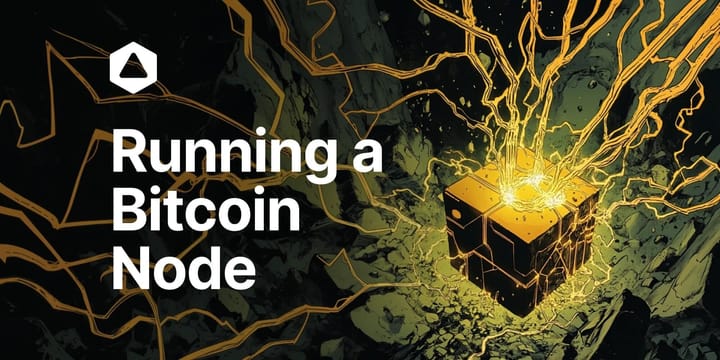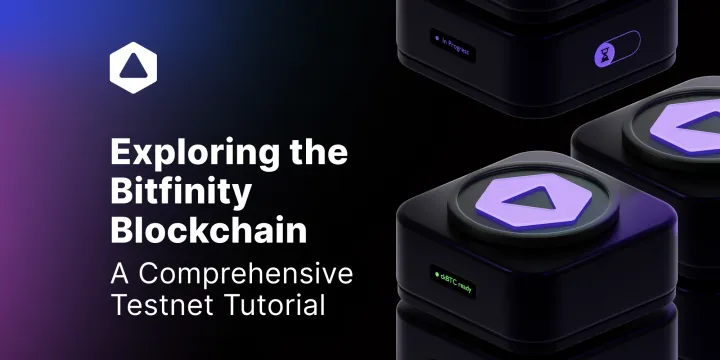A Comprehensive Guide to Analyzing Cryptocurrency Projects
This article outlines what to look out for before investing in a cryptocurrency, including researching the project's website, whitepaper, team, partnerships, and social media presence. Analyze the project's tokenomics and use cases, look for red flags, and confirm major exchange listings.

Investing in cryptocurrencies is lucrative for some and not quite so for others, the difference between a successful investor and a non-successful one is the process to assess promising projects and avoid scams. Today we'll take a look at some key steps you should take to research a cryptocurrency project effectively and thoroughly.
Before You Start
To invest in cryptocurrencies, you have to start somewhere. The first thing to do is by identifying the cryptocurrency you want to invest in. Popular websites like CoinMarketCap or CoinGecko can help you find top-performing cryptocurrencies. Once you've identified your coin of choice, you should gather basic information about it, such as its name and ticker symbol.

After gathering this very basic information, you can begin to dig deeper. We’ll take a look at two major areas to research: fundamentals and tokenomics.
Fundamentals
A thorough analysis of the fundamentals of your chosen cryptocurrency is needed before you even think about putting your hard-earned money anywhere. Researching whether the project is legitimate and analyzing the project's documents and marketing materials are thus of utmost importance.
Evaluate the Website
When assessing the fundamentals of a blockchain project, the first step is to review its official website. Check for spelling errors, unclear formatting, and read the project's main resources. Check if anything they are saying flags your antivirus scanner or web browser's security.
An amateurish website can be a red flag that the project may lack professionalism or attention to detail. A poor-quality website can in fact determine whether it is worth further investigation.

Read the Whitepaper
White papers are an essential resource when analyzing a blockchain project's fundamentals. They provide information on the project's purpose, technology, roadmap, and tokenomics. So be sure to pay attention to the problem the project aims to solve, the feasibility of its goals, and the practical utility of its token.
Have you read the Bitcoin whitepaper? Maybe you could listen to it in the video below...
But relying solely on marketing materials like whitepapers is not enough. It is essential to take a critical eye and examine how the project plans to generate revenue, how it competes with similar projects, and how it generates value for its tokens.
Research the Team
You also need to assess the experience and background of the project's team members. The best place to conduct this research is on LinkedIn, where the team members' professional history and experience are available. Look for a track record of successful projects to gauge the team's competence.
You should be wary of anonymous teams as this can indicate a lack of transparency and credibility. Crypto is riddled with anonymous teams, but even they have an online presence or reputation, so make sure to do a background check on them.

Check Partnerships
When analyzing a blockchain project, many of them claim that they have established partnerships or backing from reputable organizations, as this can indicate the project's legitimacy. However, as a potential investor you must verify any claims of partnerships before making investment decisions. Due to the fast-paced nature of the crypto environment, fake news is having an impact on the market.

Analyze Social Media
The crypto space is online-only, so social media channels like Twitter, Telegram, and Reddit can provide valuable insights into a blockchain project's community and engagement. Review its social media channels and check the number of followers, the level of community activity, and if moderators respond well to any questions you ask - look for in-depth responses rather than superficial ones.
You also have to be wary of potential "shill" accounts, which can be misleading and artificially inflate the project's popularity. Check out the video below where a popular MMA fighter promoted a scam on his followers without doing any research before posting.
Tokenomics
The second section of analyzing cryptocurrency projects involves tokenomics, another essential aspect to consider when investing in a cryptocurrency. It involves analyzing the distribution, supply, incentives, and type of asset of a blockchain-based asset to determine its long-term potential.
Token Distribution
Token distribution models come in paid and free variants, with paid models like SAFT, private sales, and public sales requiring compliance with regulations, KYC/AML protocols, and relevant licenses in order to mitigate risks while free distributions like airdrops still need documented terms and conditions to protect the project legally.
Token distribution involves allocating tokens to different groups like insiders, the project team, the community, and the public. Venture capitalists purchase tokens instead of equity while airdrops give away free tokens for small actions.
- Lockdrops require users to lock up existing tokens to receive new ones, and rewards are given out for activities like staking and liquidity provision.
- Public sales like ICOs, IEOs, and IDOs are also common. A good token distribution strategy is crucial for building a strong community and generating hype, with careful planning of allocation percentages, vesting schedules, and lock-up periods.
Consider asking for yourself: 'How widely distributed are the tokens? Are they concentrated in a few hands or more spread out?'
Token Supply
Token supply is an important aspect of cryptocurrency-based companies, which includes circulating supply, total supply, and maximum supply. Circulating supply refers to the number of units of cryptocurrency that are available in the market at any given time, while total supply includes all tokens that exist on the blockchain, including those that are not in public circulation.
Maximum supply is the total number of coins that can ever be minted, and some cryptocurrencies do not have a maximum supply. Each metric has its own use, and fully diluted market cap is a key metric that can provide hints about a token's potential price.
You can ask yourself: 'What is the total supply? Is it capped or unlimited?'
Token Model and Incentives
Incentivization models are crucial for the long-term success of a blockchain or DeFi protocol and can vary depending on the consensus mechanism used.
Deflationary models limit the total amount of tokens in circulation through burning mechanisms, while inflationary models increase the number of tokens over time.
Some protocols use a hybrid approach for adaptability in different market conditions. Ask yourself: 'Are there incentives for early adopters or contributors?'
Token use cases
Tokens have various utilities, such as being a means of payment for gas fees on the blockchain, like BTC, ETH, or IS. Tokens can also give holders a discount, upgrades, or other bonuses, like BNB on Binance.
Yield farming, staking, and governance are other ways tokens can provide value to holders. Yield farming allows users to earn tokens by supporting the exchange with liquidity, while staking generates passive income.
Governance tokens give owners the power to shape the future of the protocol or Dapp, like Maker (MKR) and AAVE.
Despite these great utilities, many tokens still lack liquidity, but innovative market-making solutions can help them succeed in the digital asset ecosystem.
A question you should ask yourself is: 'What are the practical uses of the token within the ecosystem?'
Check for Scams Red Flags
There are many, many scams in the crypto space, so beware that most projects try to extract as much money as possible. There are a lot of potential scams and fraudulent projects. Honeypot tokens and locked liquidity timeframes are common tactics used by scammers to manipulate investors. To avoid falling victim to these scams, it is essential to use scam detection tools to verify the contract or token and look for any red flags.
Confirm Reputable Listings
Legitimate cryptocurrencies tend to be listed on reputable exchanges and supported by major wallets, indicating that they have passed due diligence standards. This can be checked again by news sites such as the Bitfinity Blog, CoinTelegraph, CoinDesk, and Decrypt. These are good places to start.
Why Should I Double-Check the Information I've Gathered?
After conducting your initial research of both the fundamentals and tokenomics of your chosen cryptocurrency project, the next step is to double-check the information gathered and ground yourself.
Crypto can have a huge impact on your emotions and drive you to make impulsive, unwise decisions. Therefore it's wise to reread your research, repeat the steps taken, and review your research in detail.
Try explaining your project to a relative or friend and check if they can understand the problem your crypto wants to solve. By doing this you do an external "smell test" and remove any potential biases.
Conclusion
Investing in cryptocurrencies can be a lucrative opportunity, but it's essential to conduct proper research and analysis before making any investment decisions. By following the steps outlined in this guide, investors can evaluate a cryptocurrency project's legitimacy, potential risks, and value. By taking a comprehensive approach to analyzing cryptocurrency projects, investors can make informed decisions and minimize potential risks.

Connect with Bitfinity Network
Bitfinity Wallet | Bitfinity Network | Twitter | Telegram | Discord | Github

*Disclaimer: While every effort is made on this website to provide accurate information, any opinions expressed or information disseminated do not necessarily reflect the views of Bitfinity itself.






Comments ()